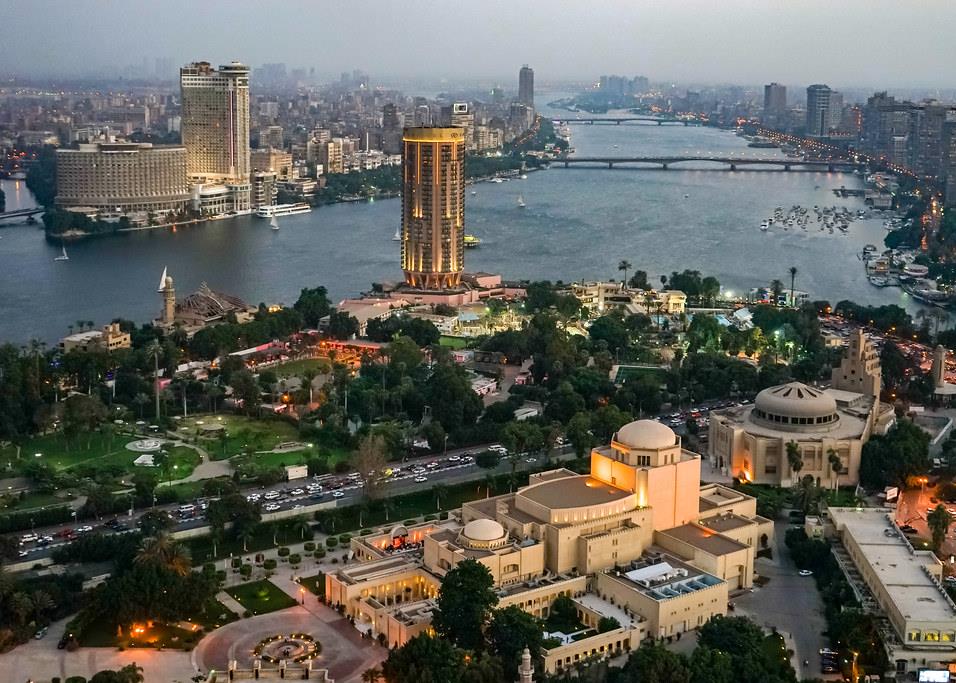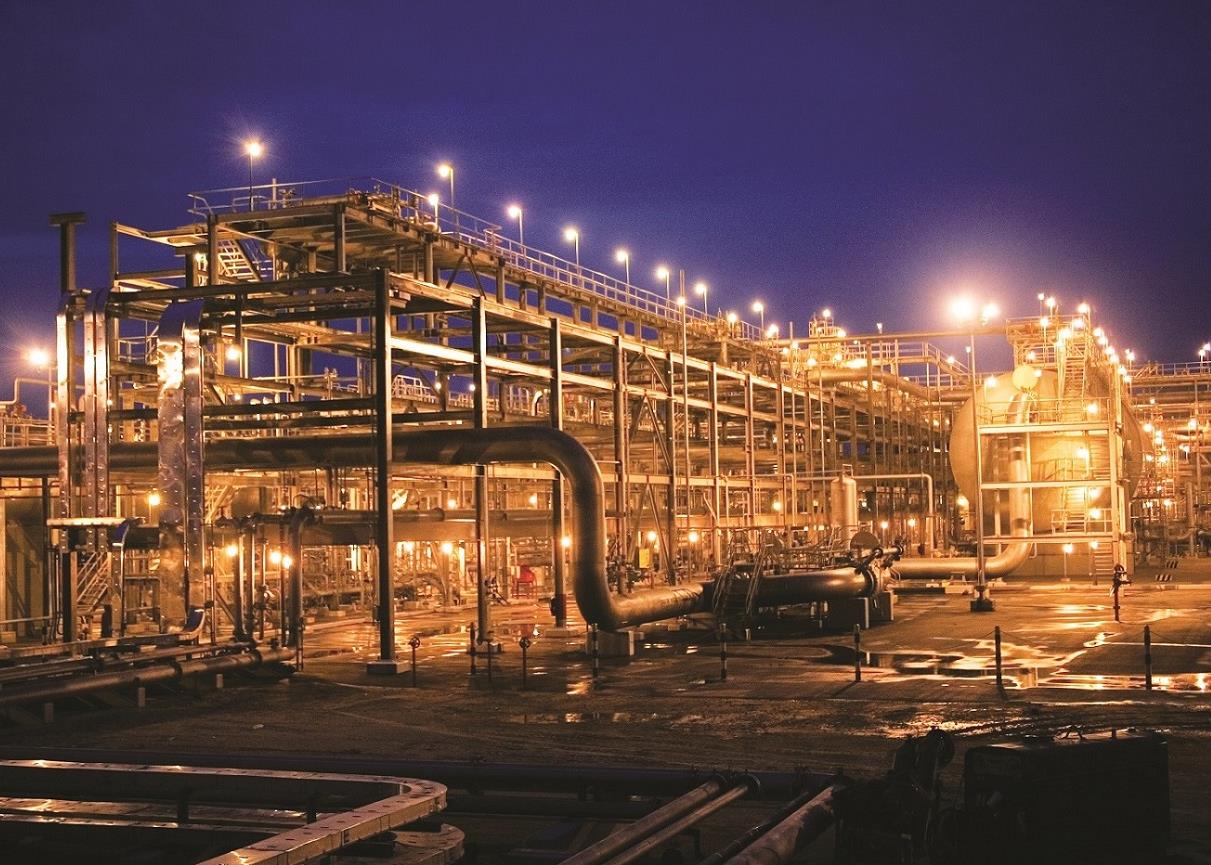
Following the start-up of the Mesaieed plant, Qatar has the capacity to export electricity via the GCC interconnected distribution grid
Unlike its neighbours, Qatar is in the enviable position of having a comfortable surplus of power generation capacity. In theory, the addition of 1,000MW of generation capacity following the first phase start-up of the Mesaieed power plant in September 2009 will enable the country to become an exporter of electricity.
Since last July, the national grids of Saudi Arabia, Qatar, Kuwait and Bahrain have been connected through the GCC grid. Oman and the UAE will also be linked in when the project is completed in 2011.
Plans are already being discussed to join the GCC network with North Africa and southern Europe to enable electricity trading with countries that have different daily demand peaks.
| Peak power demand in Qatar (MW) | |
|---|---|
| 2004 | 2,520 |
| 2005 | 2,735 |
| 2006 | 3,230 |
| 2007 | 3,550 |
| 2008 | 3,990 |
| 2009 | 4,535 |
| 2013* | 7,791 |
| *forecast. Source: Qatar General Electricity & Water Corporation (Kahramaa) | |
Ensuring supply
Qatar is well positioned to be a primary power producer in any regional network, due to its status as the region’s largest gas producer. Its power and water infrastructure is also comparatively modern, thanks to a decade-long drive to introduce private investment in the sector. The Mesaieed power plant is the fourth independent project in the country – more are planned.
The question is how long this cushion of surplus capacity can last. The Qatari economy was less affected by the global slowdown than the other Gulf states, and last summer the Qatar General Electricity & Water Corporation (Kahramaa) recorded peak power demand of 4,535MW, a 14 per cent increase on peak usage in 2008.
Last summer Qatar recorded peak power demand of 4,535MW, a 14 per cent increase on peak usage in 2008
The breakneck growth of the Qatari economy in the past decade has ensured the country has one of the fastest growth rates in power consumption in the Arab world. Demand is expected to rise further to 7,791MW by 2013.
Since the liberalisation of the power sector in 2000, it has been the job of two quasi-independent bodies to ensure local capacity stays ahead of demand. Kahramaa oversees power transmission and distribution in Qatar, but the corporation also has a secondary role implementing new projects. Qatar Electricity & Water Company (QEWC) oversees most power generation assets on the peninsula, either owning plants inherited from the now-defunct electricity ministry or holding equity stakes in several independent power projects, including the Mesaieed facility.
So far, they have managed to stay one step ahead of the game. By 2012, Qatar is expected to have more than 9,000MW of installed capacity. The bulk of the new capacity will come from Mesaieed – where an additional 1,000MW is expected to come on line later this year, and from the Ras Laffan C independent power and water project (IWPP).
First power from the IWPP is expected in May. Its initial capacity of 1,600MW will be raised to more than 2,700MW by the summer of 2011.
Gas supply
The project is the latest in a string of independent plants built at Ras Laffan – the first, the 750MW Ras Laffan A plant, was commissioned in 2003. Ras Laffan A, B and C already have a combined capacity of more than 4,500MW and further expansion of the site could be on the cards. In early March, it was reported that Kahramaa had approached power and water companies about the possibility of expanding existing plants, as well as inviting proposals for additional projects.
If consumption trends hold, Qatar will need to hold a minimum of 1,000MW of new capacity will required every year in order to keep up with demand.
Beyond 2013, however, there are growing concerns about the local availability of gas. Besides its export commitments, which include long-term liquefied natural gas deals and the Dolphin pipeline to the UAE, Qatar is also an intensive user of gas. Gas accounted for about 79.4 per cent of primary energy demand in 2008.
On the face of it, Qatar has plenty of gas. The country is home to the North Field, the world’s largest reservoir of non-associated gas, which contains an estimated 900 trillion cubic feet of reserves. But these are concerns over the rate at which gas is extracted from the field. Worries about the health of the reservoir prompted authorities to impose a moratorium on further gas projects in 2005. Yet domestic gas consumption is forecast to continue to grow rapidly, to an estimated 4.5 billion cubic feet a day (cf/d) by 2020, from about 1.5 billion cf/d last year.
The squeeze on supplies has persuaded Kahramaa and QEWC to consider other alternatives to hydrocarbon-fired power plants. A draft proposal calls for the construction in the next decade of as much as 3,500MW of solar power capacity, while the idea of building a nuclear power plant has also been mooted.
You might also like...

Aramco allows more time for MGS package revised prices
18 April 2024

Morocco tenders high-speed rail project
18 April 2024

Egypt resumes power cuts
18 April 2024

Petrofac awards carbon capture sub-contract
18 April 2024
A MEED Subscription...
Subscribe or upgrade your current MEED.com package to support your strategic planning with the MENA region’s best source of business information. Proceed to our online shop below to find out more about the features in each package.








